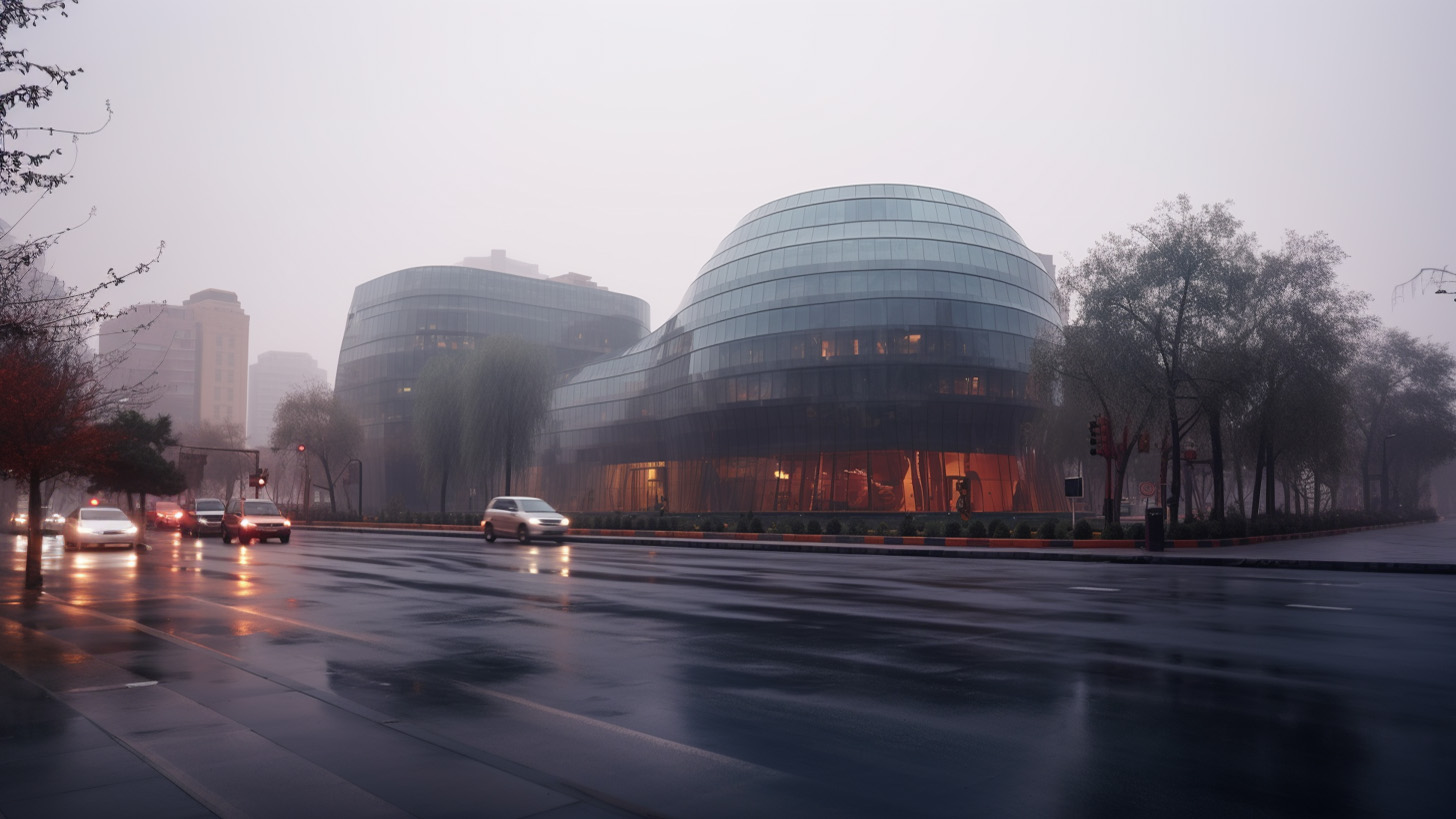While I do very much consider myself an artist, my goal is to deliver great visualisations. Art and visualisation are two concepts that share some similarities but also have distinct differences. For example:
Art is a broad and subjective concept that encompasses a wide range of creative expressions. It’s a form of human endeavor that involves creating visual, auditory, or performing artifacts to convey ideas, emotions, or experiences. Art often transcends mere functionality and aims to provoke thought, evoke emotions, or communicate messages that can be open to interpretation.
Subjectivity: Art is subjective, meaning its interpretation can vary from person to person. Different individuals might perceive different meanings or emotions from the same artwork.
Aesthetic Value: Art often places a strong emphasis on aesthetics, focusing on beauty, harmony, and creative expression. It can be appreciated for its visual appeal and emotional resonance.
Creativity: Art involves the creative process of imagining, experimenting, and innovating. It encourages artists to push boundaries and explore new forms of expression.
Emotional Impact: Art has the power to evoke strong emotions and reactions in its audience. It can stir feelings of joy, sadness, anger, or contemplation.
Interpretation: Art frequently invites viewers to engage in interpretation and analysis. Multiple layers of meaning may exist within a single artwork, and viewers are encouraged to derive their own understanding.
Visualisation, on the other hand, is a more specific concept that often refers to the creation of visual representations of data, concepts, or information. It’s a means of making complex or abstract ideas more accessible and understandable through visual aids.
Key characteristics of visualisation include:
Clarity and Communication: The primary goal of visualisation is to communicate information clearly and efficiently. Visualisations can help simplify complex data sets and make patterns or trends more apparent.
Objective-Driven: Visualisations are often created with a specific purpose in mind, such as conveying information, supporting analysis, or aiding decision-making.
Data-Driven: Many visualizations are based on data, whether it’s statistical data, scientific information, or any other form of quantitative or qualitative data.
Representation: Visualisations aim to represent reality accurately, often using visual tools like photorealistic render engines to deliver images and animation of what a building is going to actually be like.
Utility: Visualisations are designed to provide useful insights or aid understanding, rather than primarily focusing on aesthetic value or emotional impact.
In summary, the main differences between art and visualisation lie in their intent, focus, and emphasis:
Intent: Art is often created for the purpose of self-expression, emotional impact, or inviting interpretation, while visualisation is usually created with the goal of effectively communicating information or insights.
Focus: Art tends to focus on aesthetic qualities, emotional resonance, and creative expression, while visualisation focuses on clarity, accuracy, and representing data or concepts.
Emphasis: Art places emphasis on subjective interpretation and personal expression, whereas visualisation emphasizes objective representation and utility in conveying information.
While these differences exist, it’s important to note that there can be overlap between art and visualisation. Some visualisations can be aesthetically pleasing, and some artworks might incorporate elements of data representation. The distinction between the two concepts can sometimes be blurry, especially as the boundaries of creative expression and communication continue to evolve.
From my perspective, Generative AI’s ability to create art will no doubt impact the Architectural Visualisation industry in a massive way, however as artists, there is a great opportunity to shift more towards even higher level visualisation of projects all throughout the design process.
Image created using Generative AI using MidJourney.
